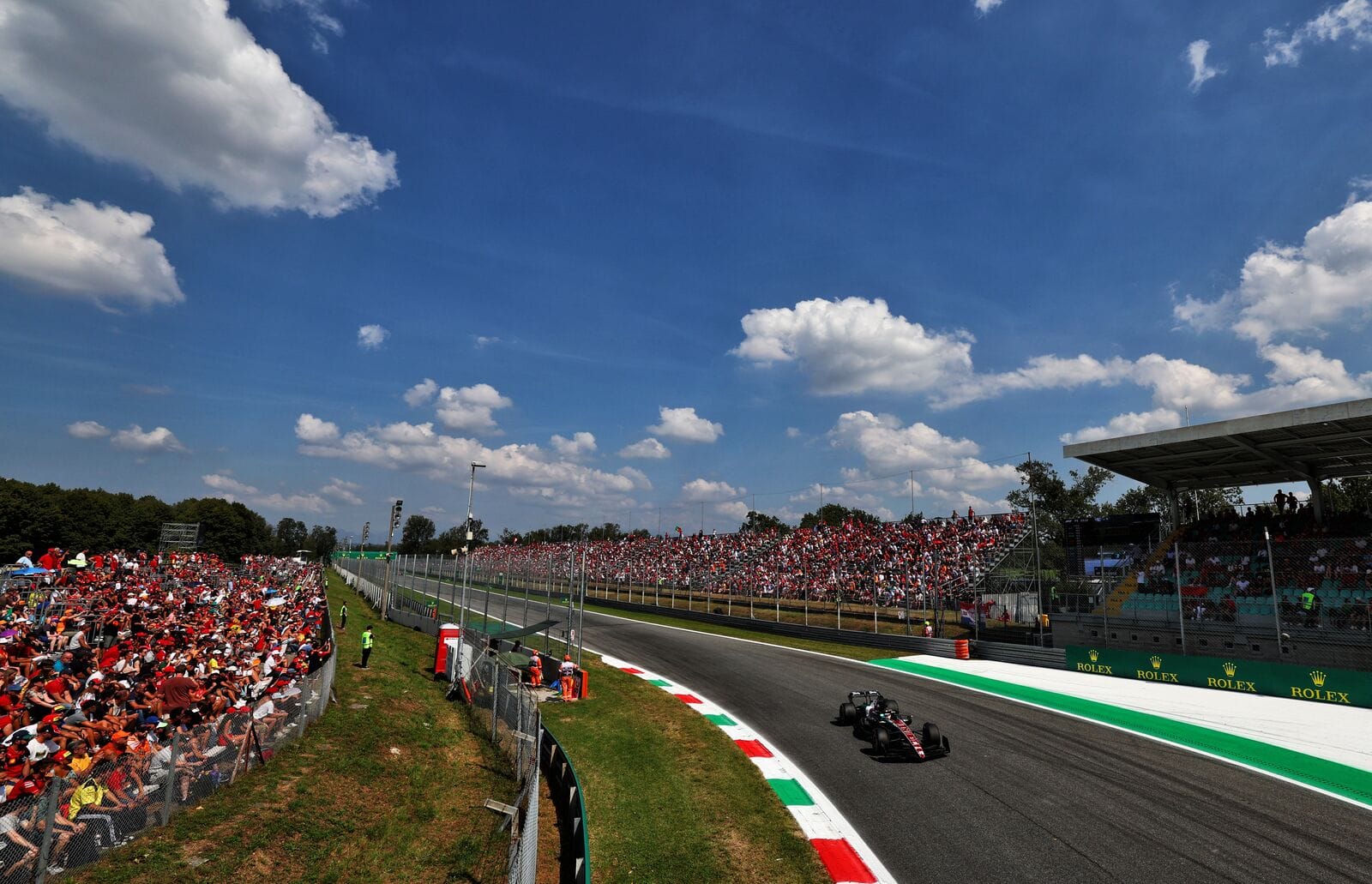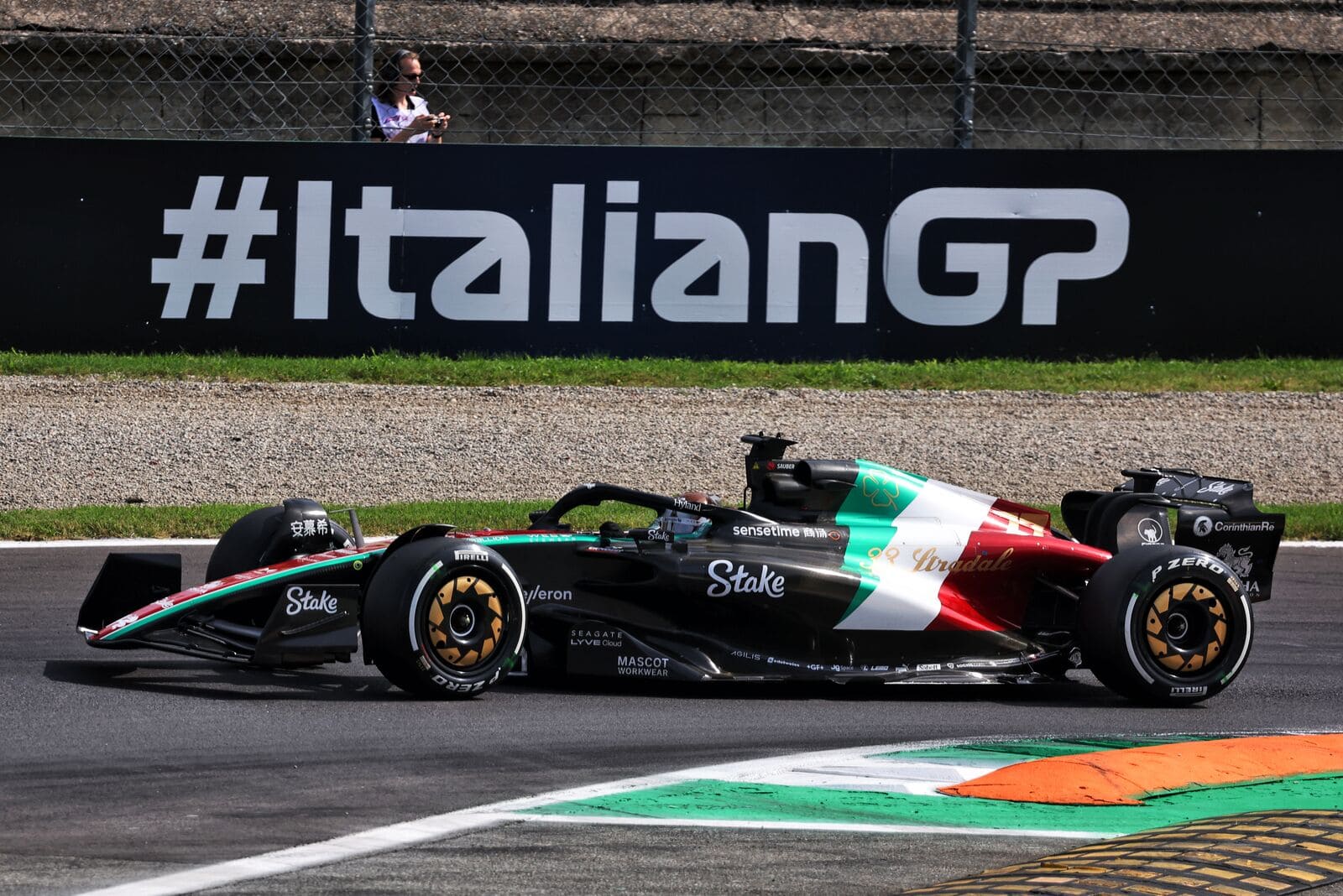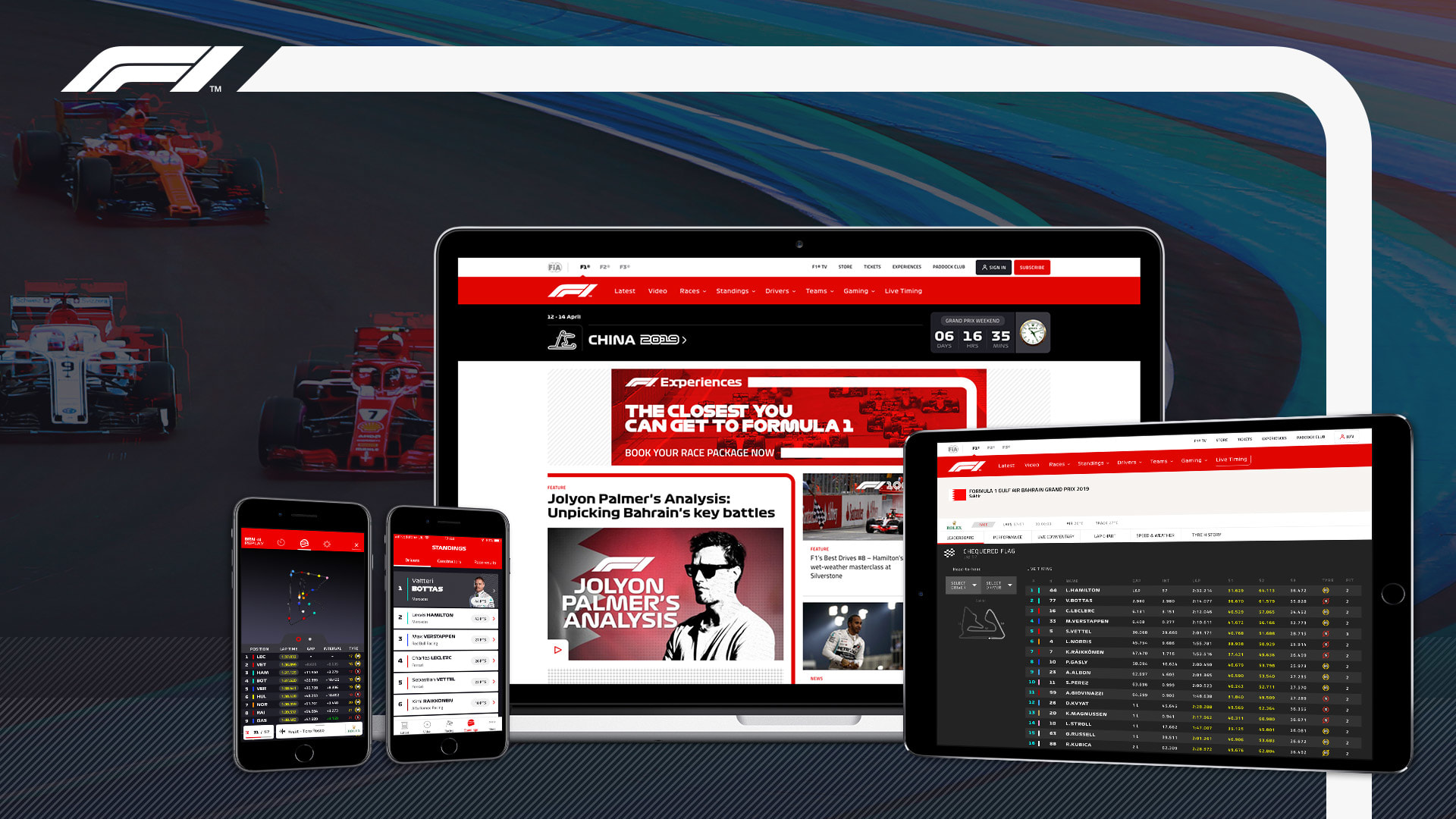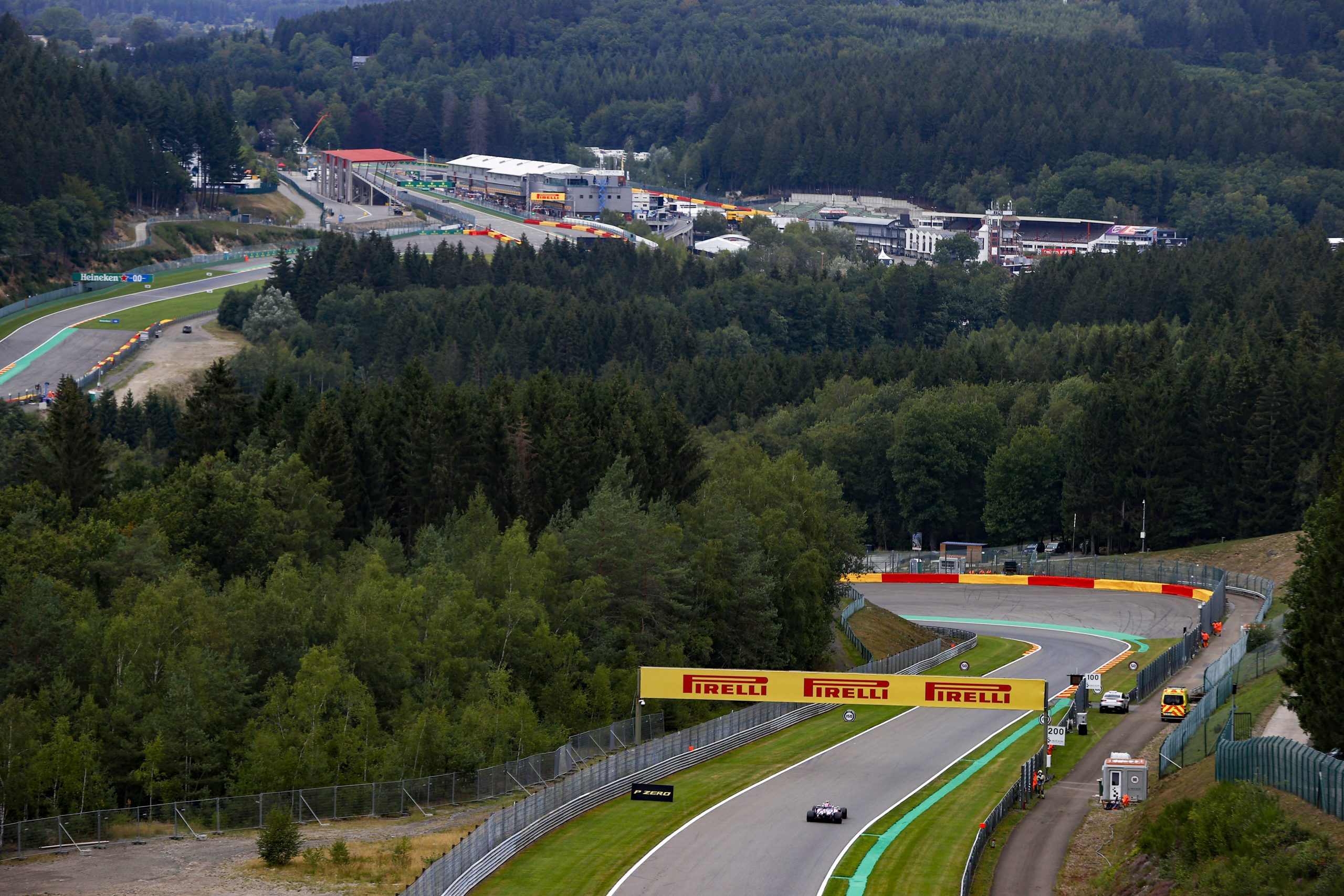Autodromo Nazionale Monza
Autodromo Nazionale Monza, revered in the high-speed motorsport realm as the “Temple of Speed,” sits as a cornerstone of Formula 1 history in Italy. Established in 1922, and claiming the title of the world’s third purpose-built motorsport circuit, Monza rapidly became synonymous with high-octane racing. Within its first year, the circuit hosted the Italian Grand Prix, a tradition it upholds to this day, save for a single exception. Acknowledged for its electrifying pace, Monza has witnessed some of the fastest laps in Formula 1, a testament to its design where cars thunder down extensive straights and push the limits of speed.
Nestled in a serene parkland setting near Milan, the track combines the adrenaline of racing with a tranquil ambiance. The historic banked turns, although no longer in use for competitions, remain visible, echoing the circuit’s storied legacy. Spectators, especially those gathered at the grandstands around the Variante del Rettifilo, observe awe-inspiring decelerations as vehicles transition from their maximum speeds to navigate tight chicanes, making it a prime location for overtaking maneuvers.
Monza’s layout prioritizes velocity and exertion on the brakes, with long full-throttle stretches culminating in substantial braking zones. This configuration continually challenges both the engineering of the cars and the dexterity of their drivers, ensuring that every race in Monza delivers a breathtaking spectacle of technical prowess and driver skill.
History of Monza Circuit
The Monza Circuit, with a history extending back over a century, is not only a staple in the realm of motorsports but also an emblematic site that testifies to the evolution of racing. Recognized as a pioneering structure, it played a pivotal role in shaping the grandeur of motor racing as we know it today.
Early Years
Construction of the Autodromo Nazionale Monza commenced on May 15, 1922, and the circuit was inaugurated on September 3 of the same year, promptly hosting its inaugural event, the second Italian Grand Prix, a week later on September 10. Designed by architect Alfredo Rosselli, Monza was the third circuit specially constructed for motor racing globally, following the precedent set by Brooklands in the United Kingdom and Indianapolis in the United States. This made it the first of its kind in continental Europe. The original complex featured a 5.5 km road course and a 4.5 km high-speed oval, which combined to form a 10 km track that encapsulated challenging racing elements for its time.
Revisions and Modernization
Over the years, Monza has undergone several renovations to enhance driver and spectator safety while maintaining its high-speed character. Notable alterations occurred after a tragic accident in 1928 prompted a reevaluation of track safety. This resulted in the Grand Prix races being confined to just the circuit’s high-speed section until modifications were made in the 1930s. In more recent times, the infrastructure has been modernized to meet FIA Grade 1 standards, without compromising the track’s essential characteristics such as the Curva Grande, Curva di Lesmo, Variante Ascari, and Curva Alboreto. Despite facing criticism over its runoff areas, Monza continues to hold its place as a legendary venue in the world of Formula One and motorsport history.
Watch: F1 1955 Monza. First time the banking (oval) was used
Circuit Specifications
The Autodromo Nazionale Monza is renowned for its unique track layout characterized by high speeds and historic significance. The track is also noted for key turns that challenge even the most skilled drivers.
Track Layout
The Monza Circuit is a 5.793 km (3.600 mi) long track that hosts Formula 1 races. It runs clockwise and has a combination of high-speed straights and challenging corners, which have led to the circuit being recognized for the high speeds attained by racing cars. The circuit’s coordinates are 45°37′14″N 9°17′22″E, placing it near the city of Monza, north of Milan, Italy.
- Length: 5.793 km (3.600 mi)
- Width: 10 m minimum – 12 m maximum
- Coordinates: 45°37′14″N 9°17′22″E
- Direction of travel: Clockwise
Significant Turns
Two of Monza’s most significant and iconic turns include the Parabolica and Variante Ascari.
- Parabolica: A long and sweeping right-hander that leads onto the main straight. This turn is critical for drivers to carry speed onto the highest velocity section of the track.
- Variante Ascari: A fast and complex series of chicanes that require precise braking and rapid changes in direction.
- Variante del Rettifilo: The first chicane right after the main straight, a heavy braking zone where overtaking attempts are common.

Technical Aspects
The Autodromo Nazionale Monza, with its long straights and fast corners, creates a unique aerodynamic challenge for teams, while also presenting numerous overtaking opportunities. Here, the focus is on the intricacies of vehicle performance that are critical in races at Monza.
Aerodynamics
The circuit’s layout demands low-drag aerodynamic setups for the cars. Teams will typically run lower levels of downforce compared to other circuits, favoring straight-line speed, which is crucial for the long straights. The famed Curva Parabolica, a high-speed corner leading onto the start/finish straight, however, requires a balance as it necessitates enough downforce for stability and speed through the corner.
Overtaking Opportunities
Monza is known for its overtaking zones, most notably into the Variante del Rettifilo and the Variante della Roggia. Cars often slipstream (“motori” in Italian, referring to the engines) down the straights to gain speed and position themselves for an overtake into these chicanes. Due to the high-speed nature of the circuit, managing motori power and braking efficiently is key to executing successful overtakes.
- Key Overtaking Zones:
- Turn 1: Variante del Rettifilo
- Turn 4: Variante della Roggia
The coordinates of the track are approximately 45°37’06” N latitude and 9°16’54” E longitude, situating the Monza circuit within a unique geographical and climatic setting which can also affect the technical aspects such as tire wear and engine cooling.
Watch: How to Master the Monza F1 Track! | Nico Rosberg
Major Events at Monza
Autodromo Nazionale Monza is renowned for hosting prestigious motorsport events, headlined by the Formula 1 Italian Grand Prix.
Formula 1 Italian Grand Prix
The Formula 1 Italian Grand Prix, also known as Pirelli Gran Premio d’Italia, is a flagship event at Monza. As one of the longest-running races on the F1 calendar, it is a crucial fixture in the world championship series. Race enthusiasts from around the globe converge at Monza to witness high-speed contests on a track known for its dynamic straights and challenging chicanes.
Other Racing Competitions
Aside from F1, Monza is a stage for diverse racing series. It hosts the 1000 Km Monza, a storied endurance race that tests both car durability and driver stamina. The circuit is also on the calendar for the World Touring Car Championship (WTCC) where touring car drivers showcase their skills. In the realm of superbikes, the Superbike World Championship (SBK) thrills spectators with high-adrenaline motorcycle races. These events underscore Monza’s multifaceted role in the motorsport world.
Iconic Races and Records
Established in 1922, the Autodromo Nazionale Monza is steeped in motorsport history, hosting its inaugural Grand Prix just days after opening. It has since been a perennial fixture on the Formula 1 calendar and is recognized for producing some of the highest speeds in racing due to its long straights and fast corners. The circuit, referred to as “La Pista Magica,” sees cars at full throttle for the majority of the lap, emphasizing both speed and technical precision.
Fastest Lap Record: In 2004, during a practice session, the circuit witnessed the Formula 1’s fastest recorded lap at an average speed of 260.6 km/h by Juan Pablo Montoya.
Rubens Barrichello’s Highlights: Rubens Barrichello left his mark at Monza with multiple podium finishes throughout his career, exhibiting the kind of determination and skill that Monza invites.
Monza Podiums: Monza’s podium is a place of dreams for drivers. The Variante del Rettifilo grandstand often witnesses cars decelerating dramatically from around 350 km/h to 70 km/h, creating opportunities for breathtaking overtaking maneuvers and challenging competitors.

Visitor Experience
The Autodromo Nazionale Monza, revered as the Temple of Speed, provides an array of visitor experiences ranging from guided tours to exclusive track events. Visitors can immerse themselves in the circuit’s history, access backstage areas, and even explore the venue through diverse transportation options.
Monza Circuit Experience
The Monza Circuit Experience caters to those passionate about motorsports, offering an up-close view of the circuit’s iconic locations alongside revealing hidden gems. Visitors have multiple guided tour options, including:
- History Journey: Delve into the lore of the Temple of Speed, visiting the press room, briefing room, podium, and controls of the race direction.
- Track Tour: Aboard minivans or buses, this journey traverses the twists and turns of the circuit, echoing with the imagined sounds of roaring engines and cheering fans.
- Race Tour: Behind-the-scenes look into hospitality suites, panoramic terrace, the old banking, and F1 start straight, complete with complimentary parking.
- Premium Tour: Accompanied by motorsport testimonials, this tour offers an intensified experience with a minimum of six participants or an exclusive tour for at least three.
Cycling enthusiasts can rent bicycles to explore the enticing Monza park at their pace. Visitors are advised to arrive approximately 15 minutes before their scheduled tour start time, which will be confirmed during the booking process, and to meet at the Monza Circuit Shop. Below is the pricing table for each experience:
| Experience Type | Adults | Reduced (7-17 years) | 0-6 years | Disabled |
|---|---|---|---|---|
| Experience | €25 | €20 | Free | Free |
| Track | €20 | €15 | Free | Free |
| Experience + Track | €30 | €25 | Free | Free |
| Race | €18 | €14 | Free | Free |
| Premium | €60 | €48 | Free | Free |
Ticketing Information
Tickets for the Monza Circuit Experience are available for purchase, with several tour combinations to suit varied interests. Ticket prices range from €18 to €60 for adults, while reduced rates are offered for youth aged 7 to 17. Children aged six and under, as well as the disabled, can enjoy the experiences free of charge. Advanced booking is recommended to secure your preferred tour time and date.
The Monza tour also rolled out an initiative – “Giro di Monza in 60 days” – offering special discounts. Visitors are encouraged to check online for these focused offerings to make the most of their trip. A comprehensive schedule is available to help plan visits, encompassing practice sessions, events, and the full breadth of experiences at the famed circuit.
Automotive Development
Autodromo Nazionale Monza has played a pivotal role in the development of automotive technology over the years, influencing numerous Formula 1 teams. The circuit’s unique characteristics have often dictated specific modifications to the cars of powerhouse manufacturers such as Alfa Romeo, Alpine, Haas, and Mercedes.
Alfa Romeo has a storied history at Monza, resonating with Italian heritage. Their cars have often been fine-tuned for the track’s high-speed straights and challenging chicanes. The focus on aerodynamics and engine power is crucial when competing on such a historic circuit.
The Alpine team works tirelessly to optimize their vehicles’ suspension and downforce to handle the rapid deceleration and acceleration required for Monza’s tight corners. Strong braking systems and robust aerodynamic performance give their cars the much-needed edge.
Haas, as one of the newer teams in F1, seeks to leverage Monza’s fast-paced nature to test their cars’ durability and speed. Chassis rigidity and power delivery are crucial components of their developmental focus when preparing for the Italian Grand Prix.
For Mercedes, Monza represents a benchmark for engineering excellence. Their cars often showcase significant advancements at this circuit, particularly in terms of power unit efficiency and aerodynamic optimization for minimal drag on the long straights complemented by stable cornering performance.
Monza’s impact on automotive development is evident in how teams continuously evolve their car designs and strategies to master the circuit. The symbiotic relationship between the track and automotive technology propels continual advancements in high-speed performance and racecraft.
The Business of Racing
Autodromo Nazionale Monza has long been a pivotal location for the business side of racing, especially in Formula One. The circuit is known not just for its high-speed thrills but also as a venue where sponsors, manufacturers, and service providers convene to showcase their brands and products.
Sponsors: Monza’s global reach makes it an attractive platform for sponsors who wish to advertise to an international audience. Key billboard spaces and branded paddocks embody the partnership between the race and its financial backers.
- Primary Sponsors
- Naming rights
- Brand visibility
Pirelli: As a strategic player in motorsports, Pirelli, the exclusive tire supplier for Formula One, benefits greatly from the visibility at Monza. The high-speed nature of the track emphasizes the performance and durability of Pirelli tires, while the company gains data for research and development.
- Role of Pirelli
- Tire supplier
- R&D platform
AlphaTauri: This Italy-based racing team, previously known as Toro Rosso, leverages its home-ground advantage at Monza. Home races are prime opportunities for teams like AlphaTauri to engage with local fans and establish a deeper connection with their national audience.
- Alphatauri at Monza
- Fan engagement
- National pride booster
The financial inflow generated through these entities is crucial for the sustenance and development of the Monza circuit. From sponsorship deals to providing a stage for technological demonstrations, Monza’s races encapsulate the multifaceted commercial ecosystem essential to the sport of racing.
Media and Coverage
Autodromo Nazionale Monza, a historic circuit in the realm of Formula 1, is consistently at the forefront of media coverage. During Grand Prix weekends, a comprehensive array of broadcasters from around the world offer live television coverage, including pre-race insights, qualifying sessions, and the race itself.

Television and streaming services provide fans with various viewing options. Coverage extends beyond Formula 1 to encompass feeder series such as Formula 2 (F2) and Formula 3 (F3), ensuring a complete racing experience for enthusiasts.
- International Broadcasters: A selection of major networks hold the rights to broadcast F1 events.
- Sky Sport: Offers detailed coverage including practice sessions.
- ESPN: Frequently broadcasts races in territories like the United States.
Major sports news outlets track the latest developments and share updates through articles and live blogs. These include well-established names like BBC Sport and Sky Sports. These platforms often provide post-race analysis, team news, and featured commentary on the events at Monza.
Online Presence and Social Media
The race is also prominent on social media platforms, extending the coverage and discussions to a broader audience. The official Formula 1 website and F1 app offer live timing, video highlights, and exclusive interviews.
For those following the younger categories, GP2, which was rebranded as F2 in 2017, and F3 races are featured on similar channels. They receive significant media attention during their respective rounds at the Monza circuit, allowing fans to follow the next generation of racing talent.
In short, the media and coverage surrounding the events at Autodromo Nazionale Monza are complex, thorough, and cater to a global audience, ensuring that no fan misses out on the high-speed action the iconic track consistently delivers.
Autodromo Nazionale Monza – Frequently Asked Questions
In this section, readers will find answers to common queries regarding ticket purchases, race scheduling, weather conditions, and the particular characteristics that make the Monza circuit a notable destination in the world of Formula 1 racing.
How can I purchase tickets for the 2024 Monza Grand Prix?
To purchase tickets for the 2024 Monza Grand Prix, interested parties can visit the official Autodromo Nazionale Monza website or select authorized ticket vendors. Early booking is advisable due to high demand, and various ticket options are available, including grandstand seats and general admission.
What date is the 2024 Italian Grand Prix scheduled at Monza?
The 2024 Italian Grand Prix is set to take place at Autodromo Nazionale Monza from August 30 to September 1, 2024.
What are the typical weather conditions during the Italian Grand Prix at Monza?
During the Italian Grand Prix at Monza, the weather is generally warm and comfortable, as the race occurs at the end of summer. Spectators should prepare for mild to hot temperatures, with occasional rain showers possible.
Which F1 Track Is Monza?
Monza is the track that hosts the Italian Grand Prix and is recognized as one of the oldest and most prestigious circuits in Formula 1. Its history is rich with noteworthy races and celebrated moments in the sport.
What is Monza circuit famous for?
The Monza circuit, located in Italy, is famous for its high speeds, historical significance, and the passionate atmosphere created by the fervent Italian fans, commonly known as the Tifosi.
Why is Monza so fast?
Monza is known as the ‘Temple of Speed’ for its long straights and fast corners that contribute to higher average speeds when compared to other circuits. It demands minimal downforce settings on Formula 1 cars, which allows them to achieve maximum velocity.
Why is Monza GP special?
The Monza GP is special due to its extraordinary history dating back to 1922, making it a cornerstone of Formula 1 tradition. The combination of high-speed racing, passionate fans, and the Italian motor racing culture creates an unmatched atmosphere that distinguishes the event from other races in the season.

